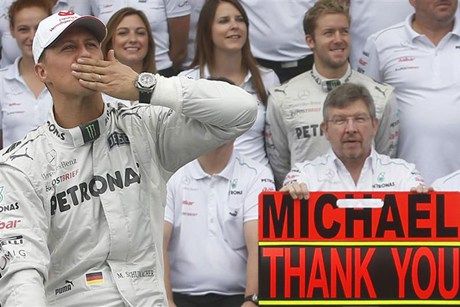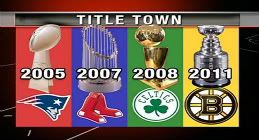I'm learning to do astronomy with my little webcam. It's good for planets, apparently. I've not yet tried it for anything else.
Here's my very first attempt at an image of Saturn:

Ok, so it's small and fuzzy, and there's a ghost image (consequence of looking through a double-glazed window), but this is just a first attempt.
"How's it done?" I hear you ask, "My webcam has a ludicrously wide-angle lens on it, and it's crappy when the light is low!"
Well, there are three tricks to it. One, get a better webcam. The Philips ToUcam Pro II is the one that everyone else uses, except for the people who use the ToUcam Pro 1 and the handful who use the cheapo Philips Vesta and one or two rebels you use top-of-the-range Logitech cams. The important thing is that it's a CCD-based camera, and not CMOS. (It'll say in the spec on Amazon or the box.)
Trick #2 is to fix the magnification problem: use a telescope. I used my trusty old 60mm refractor, which has a focal length (which is what determines image size) of 700mm. That makes Saturn's image only a tenth of a millimetre tall (and about twice that wide, with the rings), so you'll probably want some form of magnification. The webcam's own lens and the telescope's eyepiece are both removed, but a much higher magnification could be possible with both still in place. (Then again, the extreme wide-angleness of the webcam's lens will be counterproductive) I attach the webcam to the 'scope with a cunning arrangement of elastic bands, but you can buy (or make) adapters that fit the cam's lens thread.
Trick #3 is that you don't just shoot a single snapshot, oh no. You shoot a movie. Then you load the resulting (HUGE) file into Registax, which is a pain to use but does amazing things once you figure out how to persuade it to. It aligns the movie frames, throws out the fuzzy ones, and stacks the rest together. I've done this with Paint Shop Pro fr half a dozen or so images, but Registax does it automatically for (potentially) thousands. The image above is based on a couple of hundred frames.
You can also do dark-frame subtraction to reduce noise, but I'm not sure yet if I'm doing that right.
Then you use Registax's histogram manipulation tools to darken the sky and set the colour-balance as you want it, and save it.
The re-open in your favourite graphics software, do some more tweaking of the colours, brightness and contrast, crop it, save as jpeg, upload, and brag.




